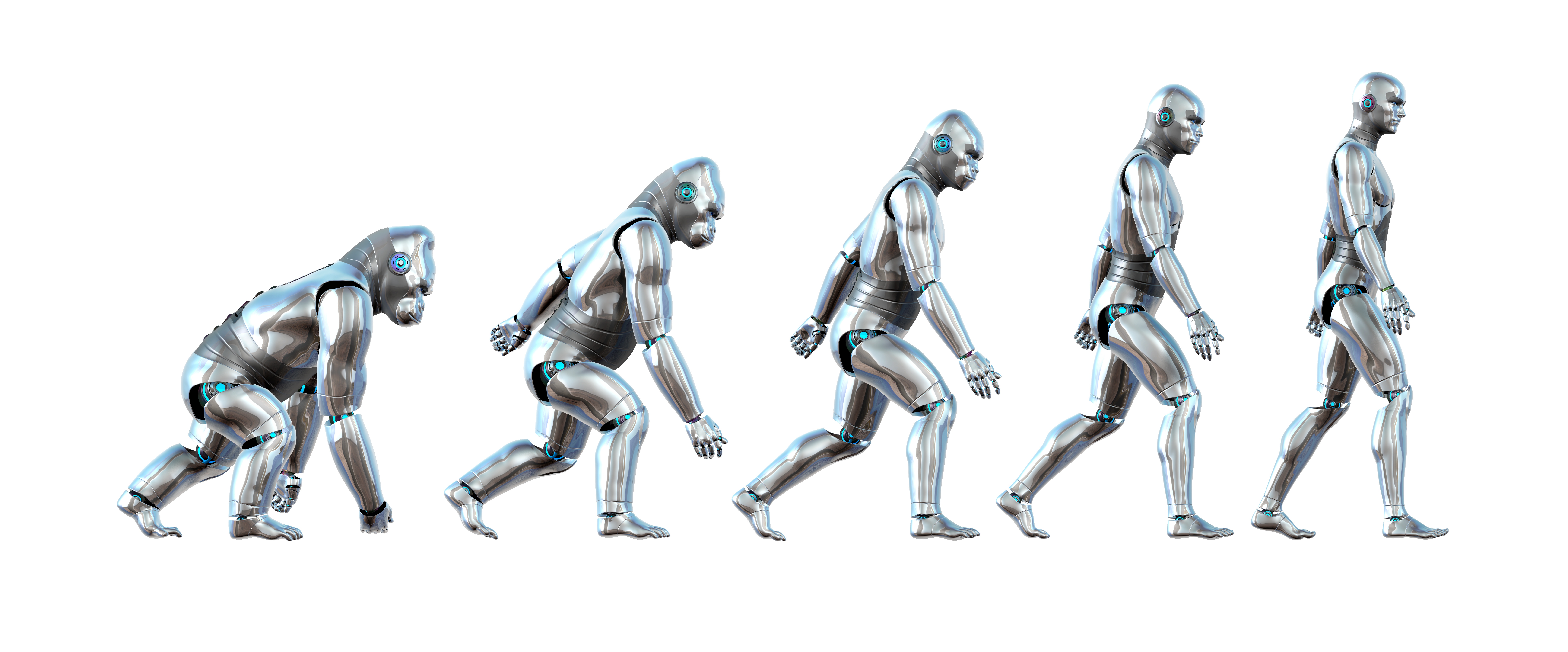While Robotics Process Automation (RPA) continues to grow across many industries, many decision makers still haven’t been convinced of the strategic benefits that automation can bring to the enterprise. Misgivings about RPA can emerge from any part of a company. In this article, we will discuss some of the RPA problems excecutives often face and, more importantly, how to overcome them.
Common objections to RPA or Robotics Process Automation
A CIO, for example, may express general objections that robotic services saddle IT with yet another burdensome initiative that will disrupt the enterprise, strain resources and create unnecessary work.
Ironically, those are the core problems RPA can solve!
More specific roadblocks have also been raised, questions that deserve honest and objective answers. We’ve identified five technological and business issues that include financial constraints, enterprise architecture constraints, lack of in-house RPA knowledge, threats to company culture or customer experience, and IT security concerns.
Objection #1. Financial constraints
We’ve heard this one before: “I don’t have support from my IT team to spend on more automation initiatives this year”. Business operations objections can be quite common.
.png)
RPA should not be an IT initiative. The business operations team needs to drive the activity and own the result. In fact, many operations departments use RPA to solve business and technical issues without extensive IT support.
For example, building integration to disconnected systems costs significant money and time, but Robotics Process Automation can mitigate that with minimal investment, usually recouped through the savings achieved in less than 6-12 months.
What you should keep in mind: Even if your IT team has bandwidth to help, they will likely not be able to provide much support to an RPA initiative, as the skills and expertise required is not generally available in-house without significant training and investment on the part of IT.
For a more detailed description of the different RPA roles that you will need to develop either internally or through a 3rd party provider click here.
We suggest: Use a third party to get your RPA initiative off the ground. Start with a smaller pilot program. It’s a great way to prove the benefits and capabilities of RPA, and then determine if it is a strategic initiative for your company that IT should embrace, or if you should continue leveraging third-party support for future initiatives.
Objection #2. Enterprise architecture constraints
CIO objection to RPA: “I have multiple ERPs and disparate systems. I have to standardize first before thinking about RPA.”
RPA can resolve–or avoid–the multiple ERP system dilemma by automating the efficient movement of data between the systems.
Granted, standardizing ERP systems will always brings benefits to the business. But why wait months, or even years, to resolve a pressing business problem today?
RPA yields short-term benefits, with relatively minimal investment. Meanwhile, IT can devote adequate time to the enterprise system conversion process.
Objection #3. Shortage of in-house RPA expertise
If we had a dime for every time we heard this objection… “RPA sounds too complicated.”
Robotics Process Automation is a lot simpler than you think
Think about what a user does to process a myriad of multi-step transactions. RPA does the same things, but with greater speed, accuracy and productivity than a human worker would do. All that is required to automate such transactions is breaking them down into components and rules (e.g., which system to access, what screen to go to, what field to enter data into, etc.) and then assigning a developer to code it up.
Success tip: Try RPA on a limited pilot. It’s a great way to understand how it will benefit your organization.
RPA is a non-intrusive technology.
- It does not require integrations between systems.
- It simply emulates user actions within an existing system.
- RPA updates are not required until the system processing environment changes or updates.
Watch this short RPA demo to learn how our manufacturing client was able to reduce processing cycle time of an AP invoice by 55% while increasing productivity by over 65%.
Objection #4. Threats to company culture or brand experience
This concern may ring a bell: “We don’t want robots because we value personal engagement between our service representatives and our external and internal customers.”
RPA eliminates the problem — not the personality. Instead, robots support human interactions on two levels:
- Automating basic tasks where users want to resolve issues quickly.
- Equipping your internal or external service representatives with quick and complete access to vital information.
Example: Take gasoline retailing:
Does anyone miss that interim decade between the disappearance of full-service station attendants and the advent of pay-at-the-pump?

Remember having to stand in line–sometimes twice each visit–just to make a simple volume-based purchase? The petroleum industry was not “Netflixed” by that innovation and most of them were able to become major players in food and beverage retailing along the way.
Here’s how humans enjoy the RPA advantages:
In many cases, a “bot” works behind the scenes, performing transactions that do not require interaction with a third party.
If the task requires further research or judgement, the human worker picks it up from there, using the RPA as a “virtual assistant.”
End result: Customers enjoy faster service, unconstrained by your office hours or time zone, while you leverage employees for more rewarding, higher value activities.
Objection #5. Information security concerns
Here’s a popular objection. You’ve heard it. You’ve thought it. So have we:
“I don’t think robots are safe enough.”
For many companies contemplating a significant degree of automation — or any degree of automation — one of the first concerns to emerge is security.
Understandably, the most common concerns cover robot performance integrity, malicious code exposure and potential misuse by employees. Questions raised include:
How can we ensure that privileges given to the software robots are not misused?
Which parties are able to access the data processed by RPA?
How do we safeguard confidential information from non-privileged parties?
LET’S START WITH THE FIRST RULE OF RPA SECURITY–AS IN, THE FIRST RULE YOU NEED TO FOLLOW:
Finding the right RPA platform. Search for a platform that meets all of your infosec mandates. Once you know which ones meet your safety standards, select the one that best meets your business requirements from this “safe list.”
Such a safe list should include platforms with these specifications:
Full audit logs. Leading RPA platforms, such as UiPath, typically offer full audit logs that trace and record every action the robots and the users perform within the automation.
Security protocols. Robot access to systems and data must be controlled via the company’s regular user/profile set-up process and security protocols, such as authorizations and secure VPN.
Full audit trails will enable you to create quicker and cleaner audit reports, and retrace the steps that led to a specific problem.
The future of RPA: RPA will evolve. So will misconceptions
RPA will continue to evolve in exciting ways. And the common roadblocks we have discussed will eventually be replaced by new objections. We understand. The future of this field will likely be a convergence of automation tools and artificial intelligence for optimizing business activities and addressing IT challenges.
Whether RPA will be helping your finance department, an HR team or a global supply chain, it will will continue to add an unprecedented level of value to the enterprise.



